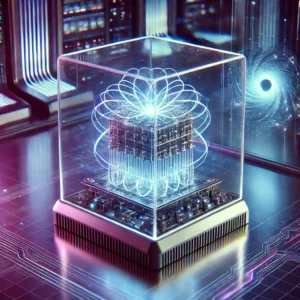Innovative Technologies Are Cleaning Plastic From The Oceans
Innovative technologies are cleaning plastic from the oceans
Over the last few decades, plastic has become an integral part of our lives. From shopping bags to toys or bottles, plastic is used to make many everyday items. The demand for plastics is also increasing at a great rate due to the advantages of being easy to manufacture or durable. However, this plastic has caused a lot of damage to nature, environment and especially sea animals.
About 8 million metric tons of plastic waste ends up in the ocean every year. These wastes cannot easily be mixed with nature. Some plastic waste can take up to 400 to 600 years to biodegrade. For example, the plastic bottles that we use every day take about 400 years to be exhausted. Experts estimate that by 2050, there will be more plastic than fish in the sea.
That is, this plastic has become a big risk in the life of marine animals. Scientists are constantly inventing different techniques and technologies to solve this problem.
System 001
Among the parts of the world where the most plastic waste accumulates, a certain area of the Pacific Ocean is notable. This area is called the Great Pacific Garbage Patch. The total area of this region extending from the west coast of the North American continent to Japan is 1.6 million square kilometers. ‘System 001’ has been installed in this region.
‘System 001’ is basically a 62 mile long dam. Everything from tiny plastic waste in the ocean to old fishing nets discarded by fishermen gets stuck in this barrier. Dutch entrepreneur and inventor ‘Boan Slat’ first planned to build this technology. ‘System 001’ has so far managed to remove more than 80 thousand tons of plastic waste from the sea.
Seabin V5
Seabin V5 has been built under the Spain-based environmental protection organization Seabin Project. The word ‘seabin’ is formed by combining the word ‘sea’ with the ‘bin’ part of the word ‘dustbin’. The Seabin V5 is a device that collects floating plastic waste in calm water areas such as seaports or harbors. Seabin V5 is manufactured using vacuum technology with recycled or reusable materials.
The device is first introduced by pumping seawater along with waste. Later, the waste is trapped in the filter bag and the sea water is pumped and thrown back into the sea. Seabin V5 can remove plastic as well as oil or oily materials harmful to marine life. A Seabin V5 device can remove about 44 pounds of waste per day.
Mr. Trash Wheel
Mr. Trash Wheel has been developed by a company called ‘Clearwater Mills’. It is a type of charki, with the help of which waste is first collected from rivers, canals or port areas. The waste is then transported to a floating vessel using a solar-powered conveyor belt. Then there is the generation of electricity from the waste.
About 38,000 pounds of waste can be cleaned every day with Mr. Trash Wheel. Since implementing the technology, more than 1.6 million pounds of waste has been treated before it enters the ocean.
WestShark
In 2018, the ‘Westshark’ device was developed by the Dutch company ‘Runmarine Technology’. Westshark is basically a drone that can move on water. It collects waste before it is washed away by wind, tides or currents and enters the sea.
The technology can be planned in advance to implement it in areas of the ocean where the most waste accumulates. Apart from waste collection, the salinity or acidity of sea water can also be determined with its help.
Magnetic Coil
Chinese-born researcher Xiaoguang Duang has recently conducted a study that highlights the importance of nanotechnology in solving the plastic problem. Duag and his colleagues have developed a magnetic coil that allows chemical reactions to completely destroy tiny microplastics. The surface of these magnetic coils, which are very small in size, are coated with nitrogen and manganese. As a result, it reacts easily with oxygen atoms. These reactions break down microplastics and produce environmentally friendly salt compounds and water.
The technology is still in the experimental stage. However, it is believed that with the help of these magnetic coils, it is possible to eliminate 100% microplastics from the harbor or sea port area.
We can also contribute a lot at the individual level to solve the problem of plastic waste. Reducing the use of plastic as much as possible or disposing waste in the right place can help reduce ocean pollution.





